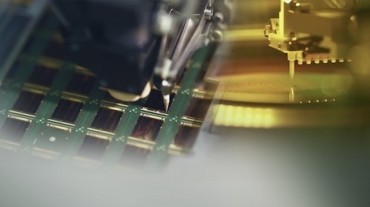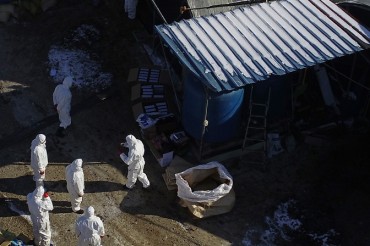
SpaceX Falcon 9 rocket carrying South Korea’s first indigenous spy satellite lifts off from U.S. Vandenberg Space Force Base in California on Dec. 1, 2023 (local time), in this photo provided by SpaceX. (Yonhap)
SEOUL, Dec. 2 (Korea Bizwire) — Space has emerged as an extended battlefield for the rival Koreas as they have successfully launched their own spy satellites into orbit and are gearing up to send more to better monitor each other amid an intensifying arms race, analysts said Saturday.
South Korea’s first homegrown spy satellite was launched from U.S. Vandenberg Space Force Base in California on a SpaceX Falcon 9 rocket on Friday (local time). It successfully entered orbit and communicated with a ground station a little over an hour after launch, the defense ministry said.
Beginning with the electro-optical and infrared satellite, South Korea plans to launch four more synthetic apertures radar satellites by 2025 under a 1.2 trillion-won (US$918.2 million) project.
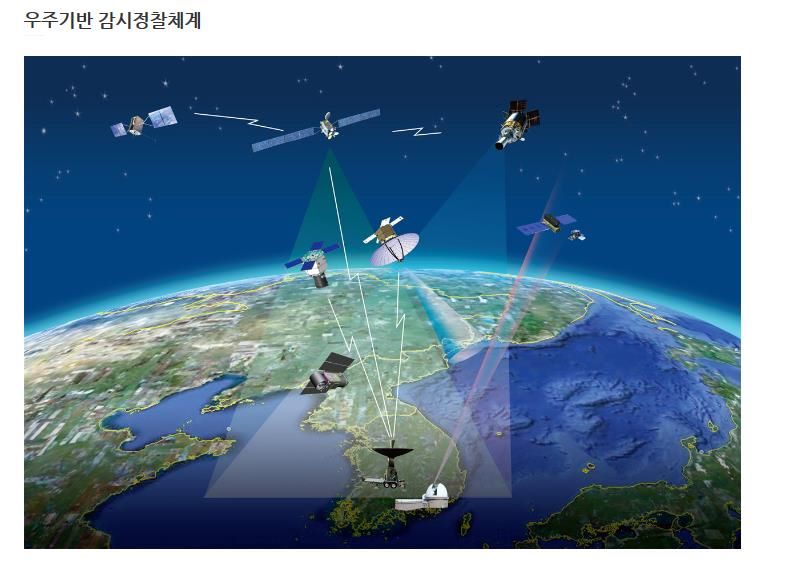
South Korea’s satellite-based reconnaissance surveillance program is seen in this image provided by the state-run Agency for Defense Development. (Yonhap)
As South Korea has relied on U.S. commercial and military assets for high-resolution imagery, it has been pushing to establish an independent military satellite network to gather information on North Korea.
When operated together, the five satellites are expected to provide regular coverage at about two-hour intervals, according to analysts.
Military officials expressed hope that the reconnaissance satellites will serve as an “eye” for South Korea’s Kill Chain preemptive strike system as they will enable the prompt detection of signs of North Korea’s potential nuclear and missile attacks.
The Kill Chain system is a pillar of South Korea’s three-pronged deterrence system that also includes the Korea Air and Missile Defense system and the Korea Massive Punishment and Retaliation, an operational plan to incapacitate North Korean leadership in the event of a major conflict.
“It will help pave the way for South Korea’s military capability in space and accumulate know-how in the domestic satellite development to better respond to the expanding security domain in space,” the ministry said.
In the long term, the ministry said it aims to integrate the spy satellites network with “left of launch,” a strategy using electromagnetic, cyber and other technologies to disrupt and defeat a missile launch at a prelaunch stage.
In addition to the satellites, the South Korean military is also set to conduct a second round of testing of an indigenous solid-fuel rocket designed to put small satellites into low Earth orbit later this month. Such smaller, solid-fueled launch vehicles are considered as simpler and more cost-effective to launch compared with liquid-fuel rockets.
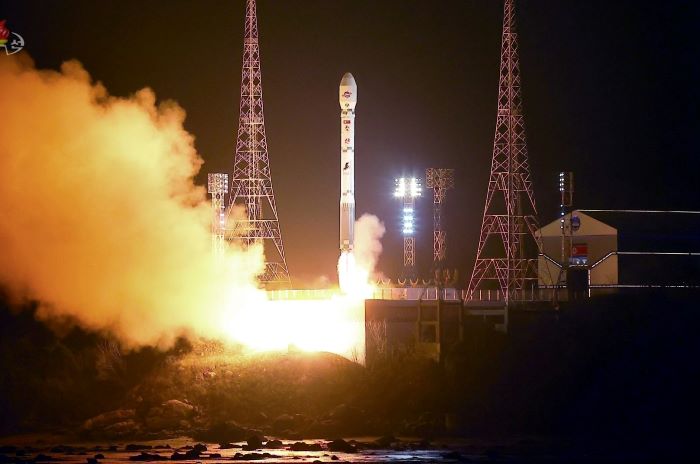
North Korea’s Chollima-1 rocket carrying a reconnaissance satellite called the Malligyong-1 lifts off from the launching pad at the Sohae satellite launch site in Tongchang-ri in northwestern North Korea at 10:42 p.m. on Nov. 21, 2023, in this photo released the next day by the North’s official Korean Central News Agency. (For Use Only in the Republic of Korea. No Redistribution) (Yonhap)
The South’s satellite launch came days after North Korea sent the Malligyong-1 spy satellite atop of the Chollima-1 rocket into orbit on Nov. 21 following two failed attempts earlier this year and vowed to launch several more in a short span of period.
While Seoul and Washington condemned Pyongyang’s satellite launch as a violation of U.N. Security Resolutions that ban its use of ballistic missile technology, leader Kim Jong-un lauded the launch as an eye-opening event of deploying a “space guard” monitoring enemies’ military activities.
Pyongyang has claimed the spy satellite took photos of the White House, the Pentagon, major military facilities in South Korea and the U.S. territories of Guam and Hawaii. But the North has not released related satellite photos.
Although Seoul and Washington have confirmed the Malligyong-1 is in orbit, experts question whether the satellite can carry out a reconnaissance mission, given the poor quality of imaging systems retrieved from the wreckage of North Korea’s first botched test in May.
Seoul officials believe the North may have made progress in its space program with technological assistance from Russia following the rare summit between Kim and Russian President Vladimir Putin in September.
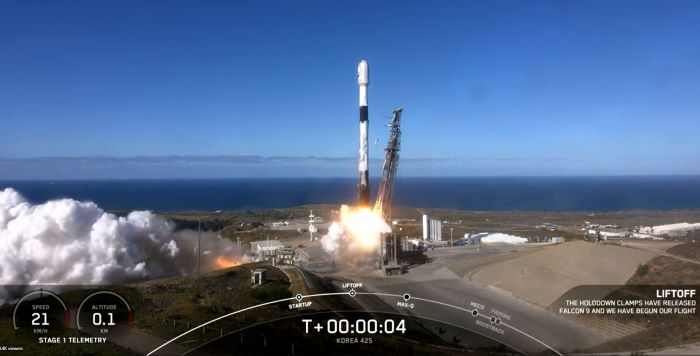
SpaceX Falcon 9 rocket carrying South Korea’s first indigenous spy satellite lifts off from U.S. Vandenberg Space Force Base in California on Dec. 1, 2023 (local time), as seen in SpaceX’s webcast. (Yonhap)
Analysts say the North’s homegrown satellite launched ahead of the South’s has already served leader Kim’s intention to boost morale for its people amid prolonged economic crisis.
“Pyongyang has already obtained domestic and international prestige and propaganda value from orbiting the satellite, including by beating South Korea to the punch, but the Malligyong-1′s substantive contribution to North Korea’s military capabilities will depend on the resolution of its imaging system and how many such satellites the North eventually maintains in orbit simultaneously,” 38 North, a U.S. website dedicated to analyzing North Korea, said in a report.
Cha Doo-hyun, a researcher at the Asan Institute for Policy Studies, questioned the North Korean satellite’s military value, but took note of its engine system’s potential for ballistic missile program and advancement in satellite development with Russian assistance in the future.
“The fact that North Korea has secured an engine thrust to launch an object weighing around 300 kg into orbit has implications for its future missile development. It means that the North has acquired the capability to carry nuclear warheads without having to making them too small,” Cha said.
(Yonhap)




